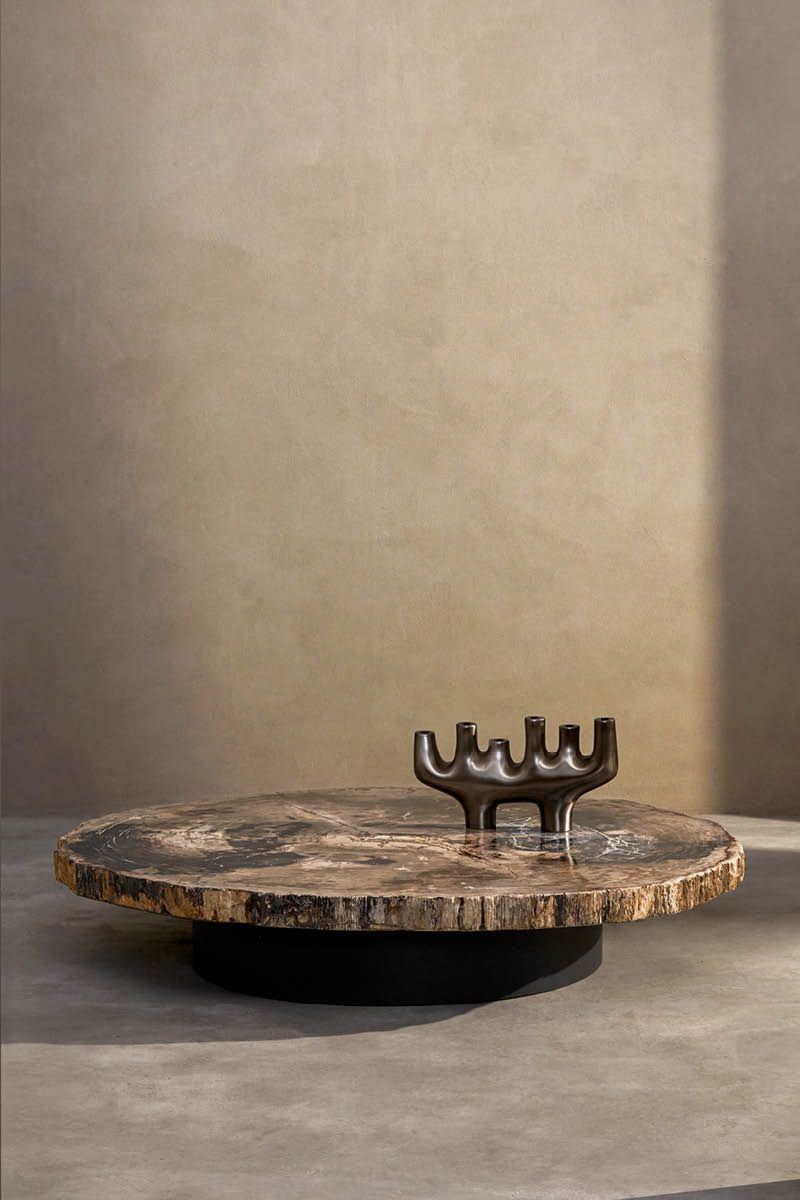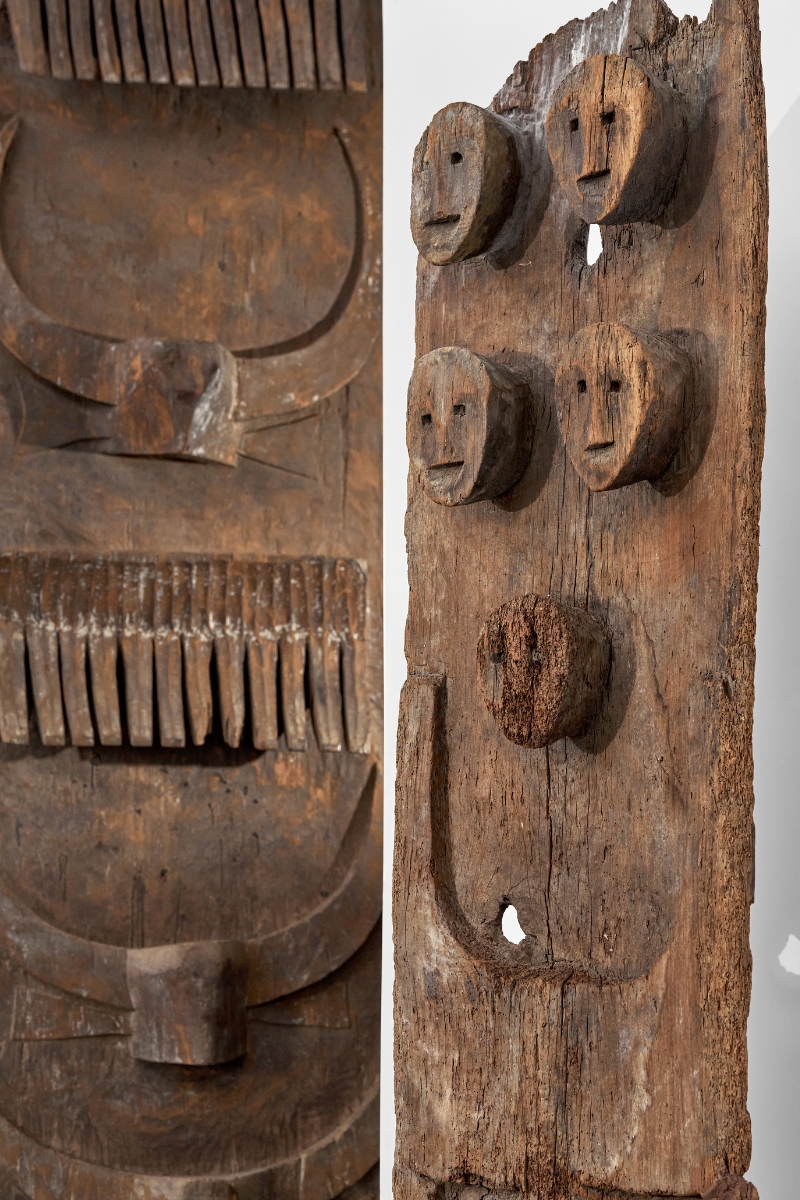Architecture, design, history, art – all of these are inextricably intertwined with one another. Design and furniture inevitably become a road map for historical eras and ages. Through ornate wood carvings and material selections, we can tell where a piece was made, when it was crafted, how it was used, and what purpose it served. Over centuries, design has evolved from utilitarian structures to become an expression of aesthetics, values, and identity. From the sleek lines of Danish modernism to the craftsmanship of Japanese and Indonesian traditions, furniture has always been deeply influenced by the history and cultural contexts in which it was created.
Historically, furniture design has been shaped by both necessity and innovation. In ancient civilizations, furniture served a functional purpose, often designed to meet the needs of everyday life. As trade routes expanded, so did cultural influences, bringing with them new materials, techniques, and stories that slowly transformed the design landscape. Furniture design saw a flourish of creativity as artisans experimented with styles, adding ornamentation and incorporating artistic expression into functional pieces. Later, with the rise of movements like Modernism, that design began to place equal emphasis on both form and function.

Each culture offers unique insights into the relationship between form, function, materiality and craftsmanship. At Weylandts, collections inspired by diverse regions, from Japan to Namibia, reflect the cultural philosophies that elevate functional pieces into works of art. At the core of the Weylandts ethos is the deep appreciation and care for heritage, tradition, and preservation. Inspired by cultures from around the world, all of these stories and histories come together in a celebration of preservation.
Danish Modernism
Beauty in Simplicity
The mid-20th century brought about the rise of Danish Modernism, a style characterized by clean lines, minimalist designs, and functional philosophies. Pioneered by designers like Arne Jacobsen and Hans Wegner, this movement emphasized craftsmanship, quality, and an appreciation for simplicity.
At Weylandts, pieces like the Edgar Chair encapsulate these principles, offering heirlooms that prioritize form and function. The ethos of Danish Modernism rests on the belief that good design should enhance life without overwhelming it. The Horn and Punto dining chairs are also pieces that take inspiration from these designs, spotlighting the essence of the natural materials that were used to craft them.




Japan
Masterful Intention
Japanese design has long been associated with craftsmanship and simplicity. The cultural emphasis on balance, intention, and precision makes it an enduring source of inspiration for Weylandts. The Ginza range draws from the traditional Japanese craft of Kumiko – a woodworking technique that creates intricate patterns using only the pressure of joints.
The Ginza collection's symmetrical lines and clean, unadorned forms evoke the minimalist beauty of a Shoji screen, a symbol of Japanese aesthetic values. The philosophy behind this design goes beyond the pieces themselves – it’s a reflection of intentionality in every step of the creative process. From the selection of materials to the craftsmanship, each item embodies the pursuit of mastery. For Weylandts, Japan’s approach to design serves as a reminder of how thoughtful simplicity can create profound beauty.




Namibia
An Ode to Our Roots
In stark contrast to the quiet confidence of Japanese design, the landscapes of Namibia provide a bolder, more elemental source of inspiration. The vastness of the Namibian desert has influenced the Bold range at Weylandts. With pieces, crafted from solid oak and finished with an amber oil, this range evokes the rich textures and hues found in Namibia’s arid landscapes.
Embodying connection to nature through refined and considered design, these pieces not only tell the stories of the raw materials used, they also follow the legacy of Chris and Anna Weylandt on their journey of evolution. From the organic grains of the wood to the structural form of the design, these pieces are rooted in nature.
Indonesia
Tribute to Ancient Craft
Indonesia’s long standing tradition of woodworking, particularly its use of petrified wood and preserved natural materials, has shaped some of the most remarkable furniture designs today. The unique markings and textures found in centuries-old wood inspire the designs in the Petrified wood and Munggur collections at Weylandts.
Using wood that has been naturally preserved for millennia, each piece celebrates the raw beauty of the material. Handpicked by Chris and Anna Weylandt, the wood used in these collections tells the story of the land it came from. The striking patterns in the petrified wood – along with the rich, organic textures – reflect the ancient traditions of Indonesian craftsmanship. By highlighting the material’s natural history, Weylandts brings a timeless quality to modern design, fusing old-world techniques with minimalist sensibilities.




India
A Legacy Carved in Wood
Indian furniture design is deeply rooted in history, with its intricate wood carvings tracing back thousands of years. The carved wooden panels in Indian temples and palaces were not merely decorative but carried cultural and spiritual significance. Artworks that tell nearly forgotten stories, these carved panels are beacons of cultural knowledge shared through the weathered wood.
Their inherent value lies in the craftsmanship and inspiration behind them. Serving as functional works of art, each one tells a story of craftsmanship, tradition, and cultural knowledge. By incorporating these elements into the collections, Weylandts honors the legacy of Indian craftsmanship while ensuring its preservation in today’s design world.




At the heart of Weylandts’ collections is the belief that furniture should be more than just functional – it should embody a story, a philosophy, and a sense of place. By drawing inspiration from cultures around the world, Weylandts creates pieces that resonate with the beauty of tradition while embracing the simplicity and intentionality of modern design.
Whether it’s the clean lines of a Danish chair or the organic textures of Namibian wood, each piece serves as a reminder of the rich, interconnected world of design.